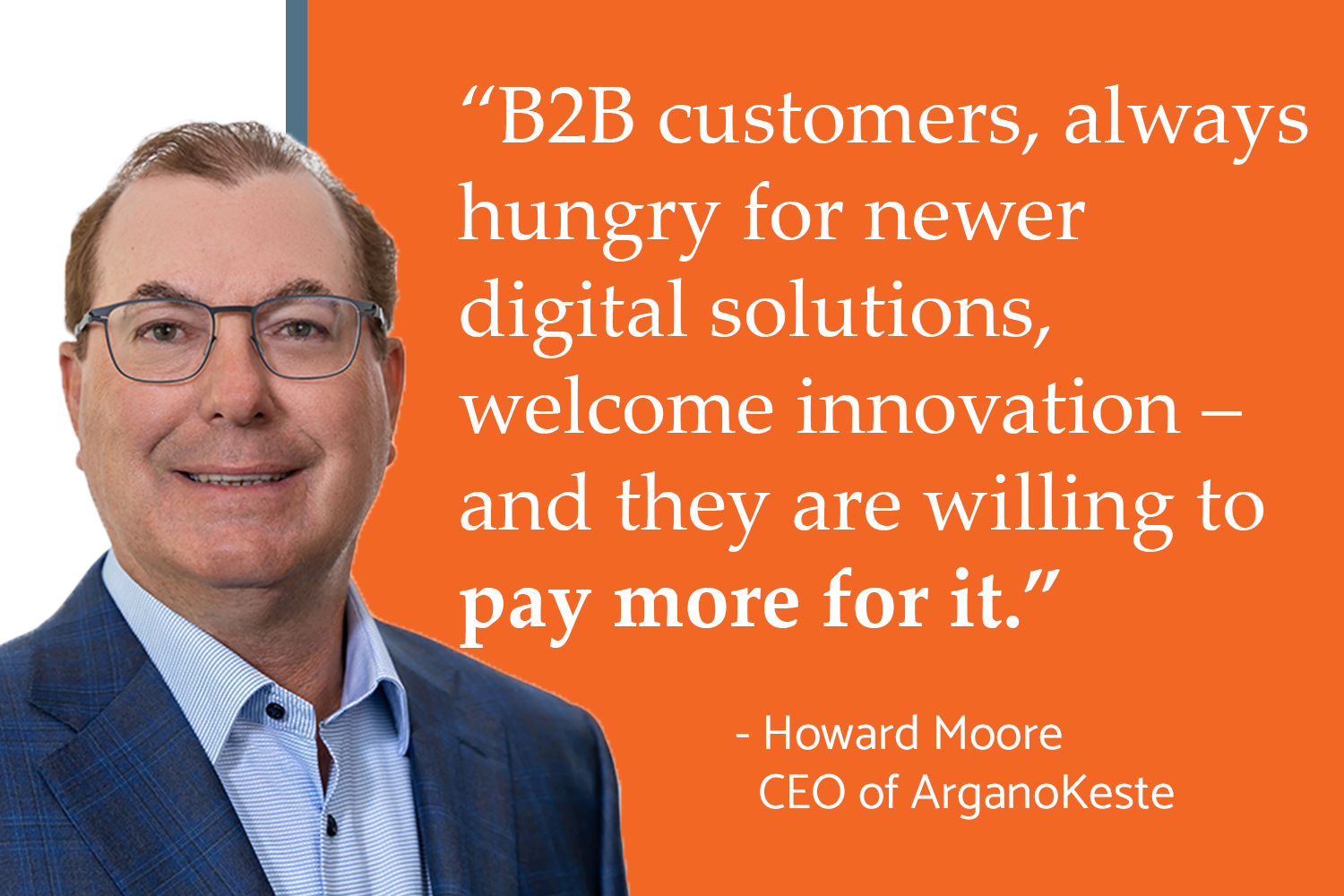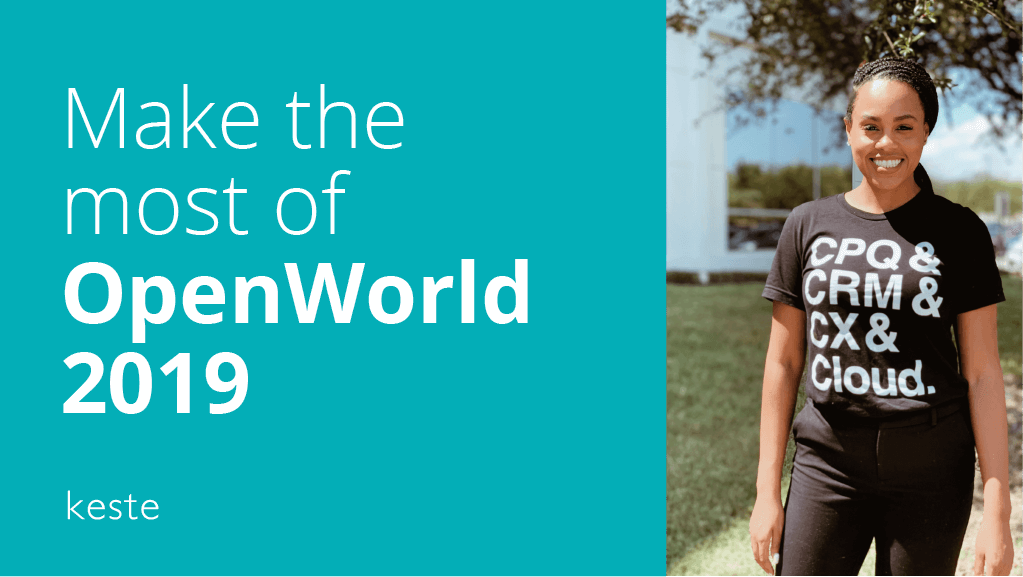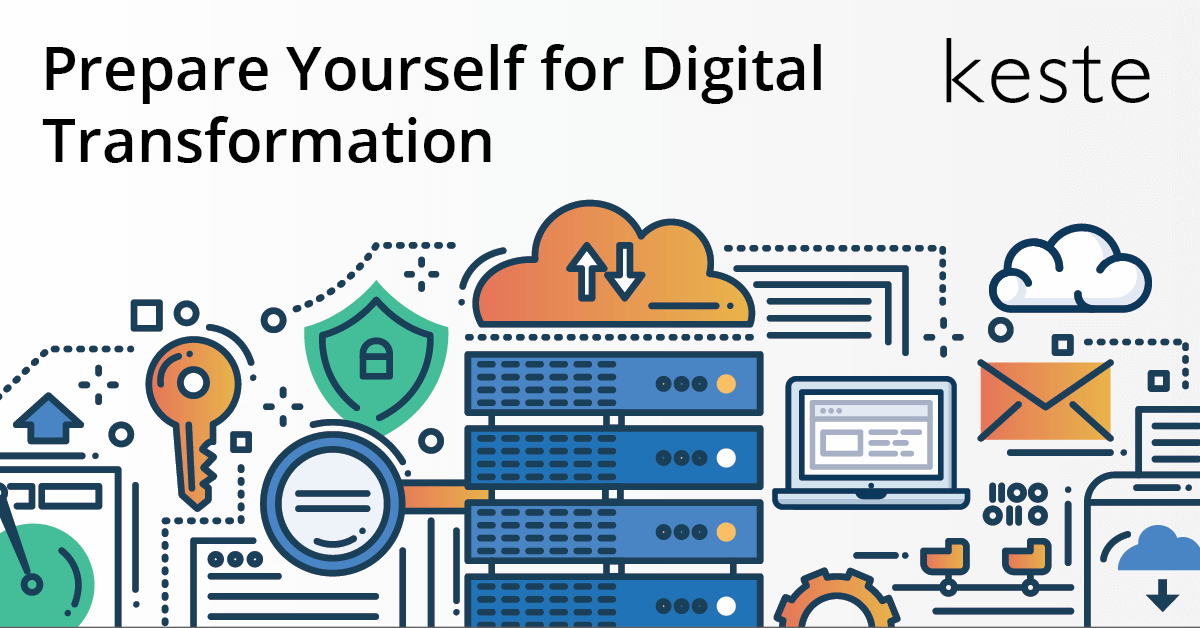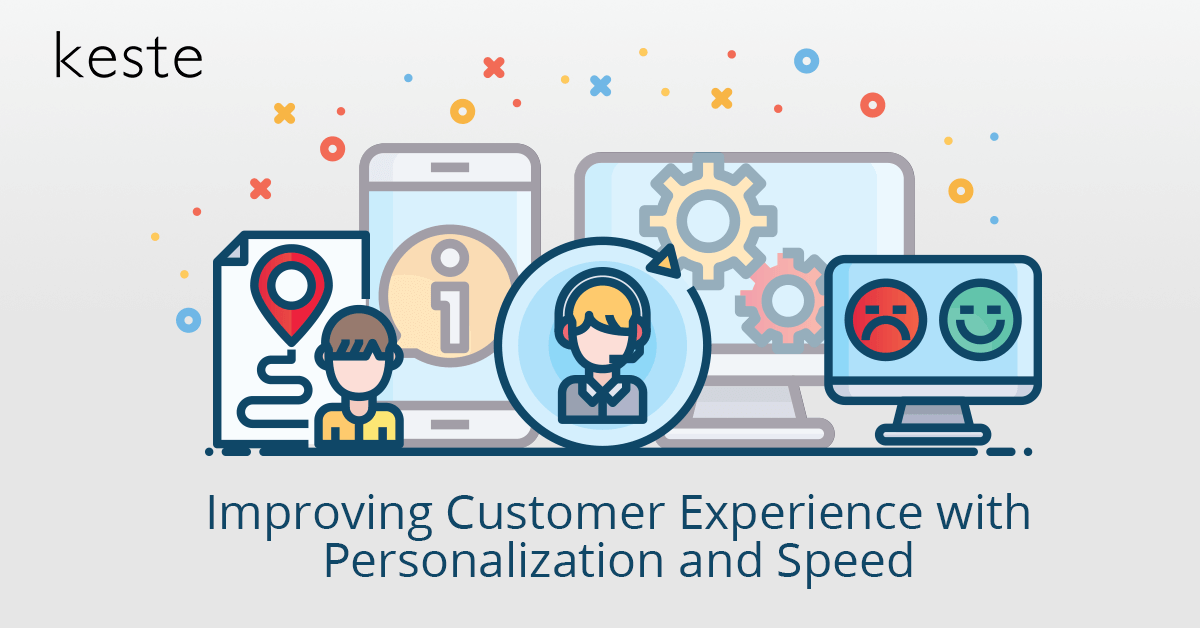Now that cloud computing has become an established part of the IT lexicon, firmly rooted in reality instead of buzz, different flavors of cloud have taken its place in the hype cycle. We’ve all become familiar with public, private, and hybrid cloud, but what about the latest buzzword: multi-cloud?
The analysts have been talking about multi-cloud for a while; Forrester declared that “A Clear Multicloud Strategy Delivers Business Value“ two years ago, in 2015. But the term has taken a while to catch on in conversation, perhaps because we’re all a little tired of keeping up with all these different variations on a theme. Isn’t multi-cloud the same as hybrid cloud? If not, what’s the difference?
Multi-cloud defined
Technopedia defines multi-cloud deployment as “the use of two or more cloud computing systems at the same time. The deployment might use public clouds, private clouds, or some combination of the two. Multi-cloud deployments aim to offer redundancy in case of hardware/software failures and avoid vendor lock-in.”
Gigaom continues “The use of multi-clouds has evolved from patterns of architecture. Many business departments want to use cloud computing within public clouds, outside of the company firewall. Historically IT created private clouds connected to data centers. Hybrid clouds are a combination of the two models. Today we have many different types of public and private clouds that provide security, governance, and management tools to support other clouds and get combined to create a composite solution.”
The Gigaom explanation hints at an important distinction: multi-cloud and hybrid cloud are similar, but not the same.
What’s the difference between multi-cloud and hybrid cloud?
As referenced above, hybrid cloud is a combination of public and private clouds, used within the same organization. A hybrid cloud model uses two or more types of cloud or hosting infrastructure – usually public and private – toward the same task or application in order to optimize cost, performance, security, and more. Because the different types of cloud are being used for the same purpose, data and processes tend to intermingle. The organization may rely on a public cloud for web services while storage resides in a private cloud, for instance, but both are working towards the same function and compute resources can be swapped between them as necessary.
In a multi-cloud model, the objectives and the data of each cloud remain separate with no orchestration between them. Multiple cloud services are delivered from multiple cloud providers in any mix of public, private, or hybrid deployments and remain in their own lane, as opposed to the intermingling of a hybrid cloud (a hybrid cloud, however, may be one cloud in a multi-cloud environment.) Multi-clouds typically arise organically as marketing relies on one SaaS platform for their needs, software development relies on another, and IT looks to services like AWS and Azure.
The path to the multi-cloud
Enough semantics. Does the exact definition and difference between hybrid and multi-cloud really matter? Well, yes, if you want to sound like you know what you’re talking about. But it’s admittedly not nearly as important as the big picture: the path to a strategic, successful cloud strategy. That strategy will probably include hybrid clouds and it will almost definitely be multi-cloud (more than 74% of businesses are already moving to a multi-cloud strategy.) It will likely involve your data center and some on-premises assets and applications, too. It is the future – and it’s a messy one.
In fact, there’s a good chance that you’re already running multiple clouds alongside your traditional IT infrastructure. If you’re not, you will be soon. That means IT workloads are, quite literally, everywhere. This model comes with tremendous benefits for performance, scale, security, and more. A multi-cloud environment prevents vendor lock-in, minimizes risk, and cuts costs. It allows you to pick and choose the best-of-breed components that make the most sense for your business.
It also, however, requires significant orchestration. All of those cloud services, on-premises assets, and everything in between need to work together both in the back-end and the front-end. They need to integrate smoothly and present a user-friendly UX to make the system live up to its potential. Without the right connective materials, it doesn’t matter how many ideal elements make up your environment – they need to talk to each other and your users in a way that adds business value.
That’s where Keste comes in. We’re the folks who can help you mix and match those puzzle pieces in the most efficient and effective way. We can integrate anything with anything so no matter what your multi-cloud is made of, we’ll ensure that you make the most of it.
Call it multi-cloud or just the modern IT landscape. Either way, it’s your current or future reality, and we’re here to help.
Contact solutions@keste.com to get in touch with one of our top industry thought leaders.








